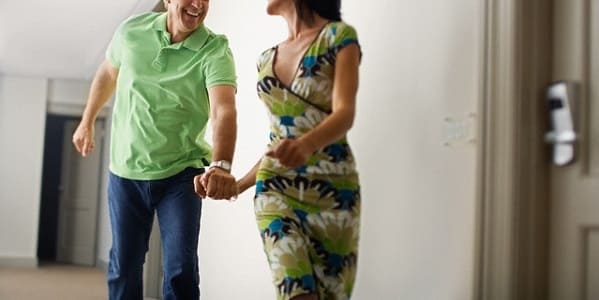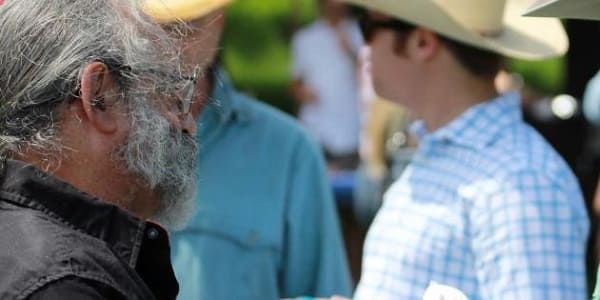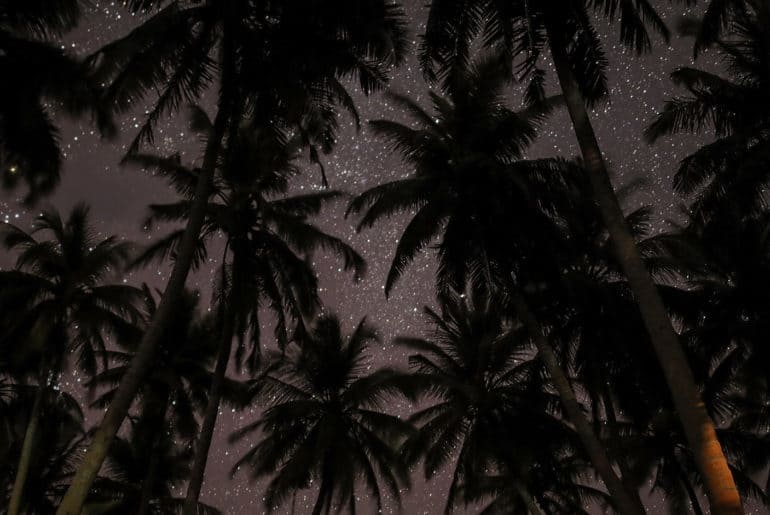Photography can be a tool for change — there is no limit to the difference a powerful image can make. Animal rights photographer Jo-Anne McArthur has taken this medium to a new level by using her DLSR camera to take astounding photographs of animals in various states of suffering. She has gained attention worldwide for her courageous work, and her investigative journey was also featured in Liz Marshall’s documentary The Ghosts in our Machine.
“It is unforgiving work. I am trying to make art out of the atrocities,” McArthur says. “If I produced shitty images, people aren’t going to look. How are you going to look and not get people to turn away?”
McArthur’s job is difficult, no doubt. She is forced to get up close and personal to each and every animal, and then has to walk away from the suffering in order to keep doing her job without legal litigation. Not to mention, many of the photos that McArthur take are in hard-to-reach places that often keep animals in terrible conditions.
“Most commonly, I am sneaking onto a property at night with a security team. We know when people are coming and going,” McArthur says. “I never break or touch anything. I will climb a fence if I have to and document — whether that takes half an hour or six hours.”
McArthur says her most difficult photography shoot was with minks held in cages, because of the low lighting and confined space. The cages were quite small and the mink are often trying to protect their young. Photoshoots like these make McArthur feel devastated, especially when she has to walk away without interfering. A photography shoot involving a lone elephant is one of her worst memories on the job. “The saddest thing I’ve seen was an elephant named Jeanna in France. She does fuck all except walking in circles and swaying back and forth,” McArthur says. “It was devastating to see this girl who has been alone for 15 years. They should re-home her, give her sanctuary, and give her enrichment. Seeing her once was bad enough, but then I come back the next day and she is doing the exact same thing. Why isn’t the world screaming about her being there? I take photos, but I feel inept.”
After years of working in the trenches of animal rights investigations, McArthur found herself suffering from post-traumatic stress disorder (PTSD). “I was doing too much time in the field. It is natural to need a recovery period from traumas. I felt I was invincible and I was not. My first thought when I woke up in the morning was mink or gestation crates,” McArthur says. “I had therapy to help me process what I had seen I was thinking of the utter sadness of animals in captivity all the time. I had to relearn the basics, eat well, and sleep well. I annoyingly tell activists to eat, sleep, and have sex. If we are not joyful, we are not healthy and we need to joy to advocate for animals. I got used to seeing the sadness. When people ask me if I’m desensitized, I want to say no. To go there emotionally, it is not productive.”
Along with being a leader in animal rights activism, McArthur is a huge supporter of women. She began an initiative called the ‘Unbound Project’ with Associate Professor of Visual Arts at Brock University, Keri Cronin that features women in animal rights activism around the world. “Over many years of doing animal rights work, I saw that it was women on the front lines. There is often men at the top for optics, but women are really the dominant sex in this movement,” McArthur says. “I’m doing the Unbound Project because I see that it is women that lead the movement, and I want to celebrate that.”
McArthur has been fascinated by animals since she was a child. She says that many people get into animal rights to change the world, but for her it was a different story. “Even as a wee kid, I would feel sad for an animal. I took action because I was worried,” McArthur says. “My parents allowed me to express these concerns and act on them.”
An avid reader as well, McArthur is currently reading The Mists of Avalon by Marion Zimmer Bradley. She also recommends Aftershock by Patrice Jones for women going through PTSD. She has also published her own book, We Animals.
After having faced so many countless atrocities, it is a wonder that McArthur has hope in the future of the world we live in. She says that living with hope is the only way to stay positive. “I certainly have moments of despair, but that is not where I live. I live with a focus on change, and with every person I reach, that is a victory. I choose to live hopefully instead of despairingly or I wouldn’t be able to do this shitty work I do.”
Here is a sample of some of McArthur’s work and you can find more animal rights photographs here:
[Best_Wordpress_Gallery id=”3″ gal_title=”Photos by Jo-Anne McArthur”]



